
Developer: Wildboy Studios
Publisher: Untold Tales
Platform: Switch, PS4, Xbox One, Apple Arcade
Tested on: Switch
Atone: Heart of the Elder Tree – Review
If we didn’t know any better, we’d assume that Atone was part of a trilogy, together with Aspire and Arise. All three of these games have similar-sounding titles, share the same atmosphere and themes, and were published by Untold Tales. Here’s the kicker though: the games are all from different indie developers. Any similarities between Atone: Heart of the Elder Tree and the other two titles are purely coincidental, so we won’t be drawing any comparisons and instead will be judging Atone on its own merit. How does Wildboy Studios’ adventure-puzzle-rhythm game hybrid hold up?
Story
Drawing inspiration from Norse mythology, Atone presents players with a surprisingly heavy story that combines the familiar faces of Gods like Odin and Freya with deeply human themes like the emotional impact of loss and grief. Central to the narrative is Midgardian warrior Estra, who is dealing with the aftermath of losing her family. Using a magical necklace, which she inherited from her father, Estra has to travel to Asgard. Once there, the Elder Tree will help her deal with a curse known as the Blue Vein, which is ravaging the land. Anyone who is afflicted by this curse has their mind corrupted, resulting in a streak of violence. Accompanied by her talking frog companion Yri, Estra begrudgingly sets out to restore balance to her world.
By focusing on Estra herself rather than the calamity that threatens to befall Midgard, Atone is able to deliver impactful emotional moments in an elegant manner. Estra is a flawed character, disagreeing with the responsibility thrust into her lap, and this makes her utterly human and relatable. The dynamic interactions between her and Yri are a highlight, fleshing out the personalities of both characters and preventing Atone from becoming too overbearing. The supporting cast is great as well, from the devious and deliberately annoying snake that aims to undermine Estra’s efforts at every corner to the not-so-perfect Gods whose machinations are shown to be fallible.
Graphics
Taking a “less is more” approach, Atone’s visuals are deliberately minimalistic. The vibrant color palette combined with excellent art direction makes for a game that is a joy to look at. The various environments invite you to explore every nook and cranny to take in all the details. Because Atone isn’t pushing the limits of the hardware, it also runs buttery smooth, partially owing to its legacy as a title developed for mobile devices of course. Aesthetically, the game feels very reminiscent of the classic Samurai Jack cartoons from the late 2000s.
Sound
Despite the excellent visuals and strong story, Atone’s audioscape isn’t entirely convincing. This is mainly because the voice performances, which are only audible during cutscenes, are a mixed bag. Estra herself is a particularly bad case because her voice is so soft that it almost sounds like something went wrong with the sound mixing. Fortunately, the soundtrack makes up for this. Given that Atone’s combat is rhythm-based (more on that a bit further down) it was absolutely essential that the music fit the frantic pace during these sections. Fortunately, Atone absolutely nails this aspect, not just during combat but also outside of it. It’s not particularly memorable or even something we’d return to outside of the context of the game, but within Atone’s own boundaries, the soundtrack is great.
Gameplay
Originally developed for Apple Arcade, Atone’s roots as a mobile game are still clearly visible in its DNA. That’s not a negative thing, as the game offers a high degree of accessibility by design, while also providing plenty of gameplay variety. Atone presents itself as a semi-linear top-down adventure game first and foremost, which sees Estra navigate five separate areas where she has to interact with the locals, solve riddles, and get stuck in rhythm-based combat. The game ticks plenty of gameplay boxes from vastly different video game genres, and the final result doesn’t really feel like it can be categorized under a single genre but the unlikely ingredients come together to form a fantastic dish.
Puzzles are Atone’s bread and butter and there is plenty of variation here, ranging from classic jigsaw-style puzzles to connecting matching symbols in the right order. Admittedly, not every puzzle is equally engaging or even necessary, but the majority of them are satisfying to clear. Should you get stuck on specific puzzles, there is a hint system in place, although you have to keep in mind that using hints will cost you in-game currency. Admittedly, the in-game explanations for specific puzzles could have been handled more clearly, but anyone who is experienced with puzzle games shouldn’t have too much of an issue with them. People that have less affinity with puzzles and that were drawn in by the combat mechanics might have to resort to a guide, however.
Combat feels unique and is definitely one of Atone’s highlights. It takes on the form of a rhythm-based minigame that is very reminiscent of games like Guitar Hero or Loud. Battles can be tackled at varying difficulty levels, ranging from Story mode, which requires no button inputs, to Hard mode, which really puts your skills to the test. Button inputs correspond to Estra’s attacks with her trusty battle axe. Successfully pressing the correct buttons will let her gracefully cut her opponents down, whereas missing notes will deplete her own HP. It’s not the most complex system in theory, but it’s implemented wonderfully here and the sheer ferocity with which the game demands you respond to the on-screen prompts ensures that combat feels rightfully challenging, especially at higher difficulties. If Atone’s combat isn’t your cup of tea, you’ll be happy to learn that story battles can be skipped by making specific story choices and that side-battles are optional, but the combat system is fun and rewarding. Once you make it through the story for the first time, an arena opens up where you can play unlocked rhythm battles to your heart’s content too, at different difficulties.
Playing through Atone’s main story isn’t an overly long experience, and it’s recommended that you don’t rush through the game. Instead, you’re much better off taking your time, seeking out hidden paths and secret treasures. Not only is there a sense of reward and progress tied to this, as you’ll earn Odal energy, which can be used to improve specific skills, as well as currency, which can be spent on stat upgrades, but some of the hidden puzzles are absolute highlights. A single playthrough will take most players around 4-5 hours but given that the game has different endings and those aforementioned secrets, you have double the amount of time to look forward to if you want to see everything.
Conclusion
With an excellent, character-driven narrative led by a relatable protagonist, a plethora of secrets to discover, and an original combat system, Atone has plenty going for it. Poor voice performances and a lack of puzzle explanations may be a deterrent for some, but overall, Atone is a title well worth checking out, especially if you’re a fan of previous titles published by Untold Tales.
Atone: Heart of the Elder Tree - Review,
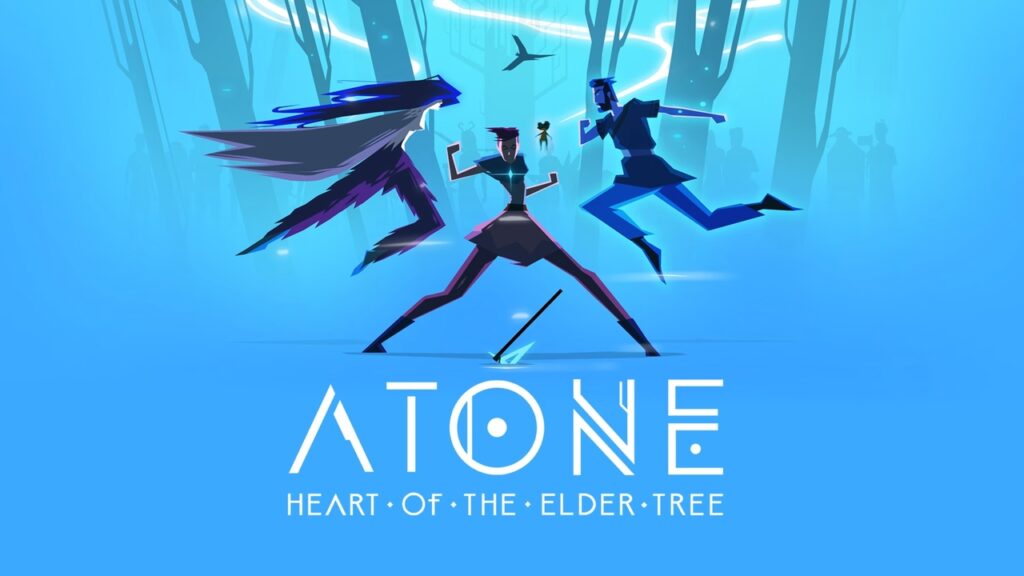
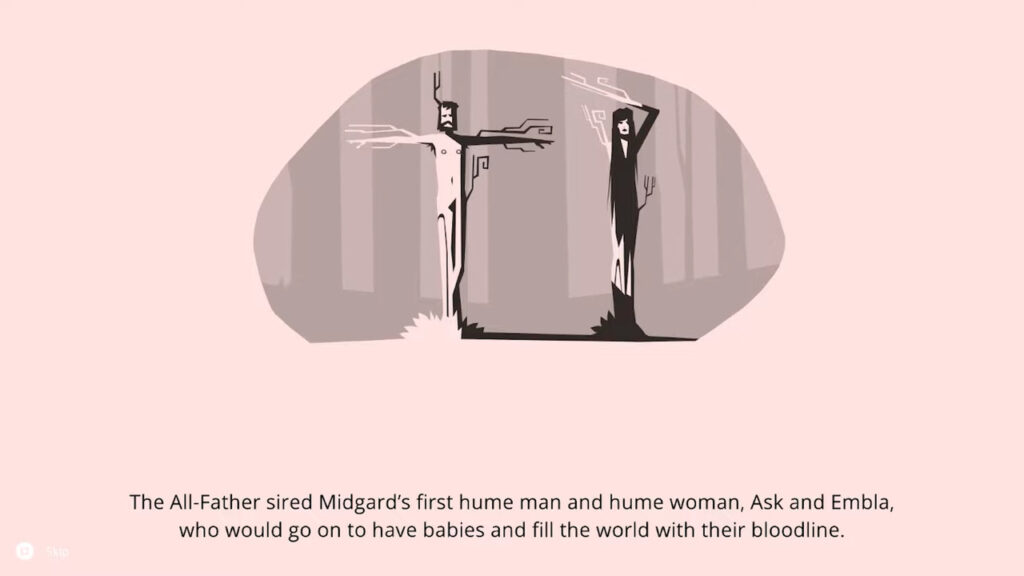
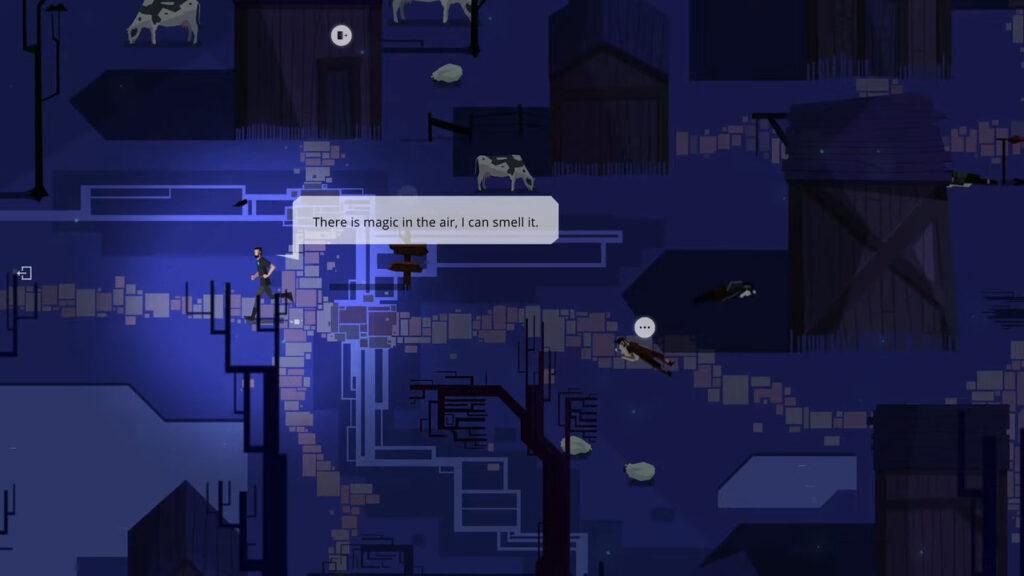
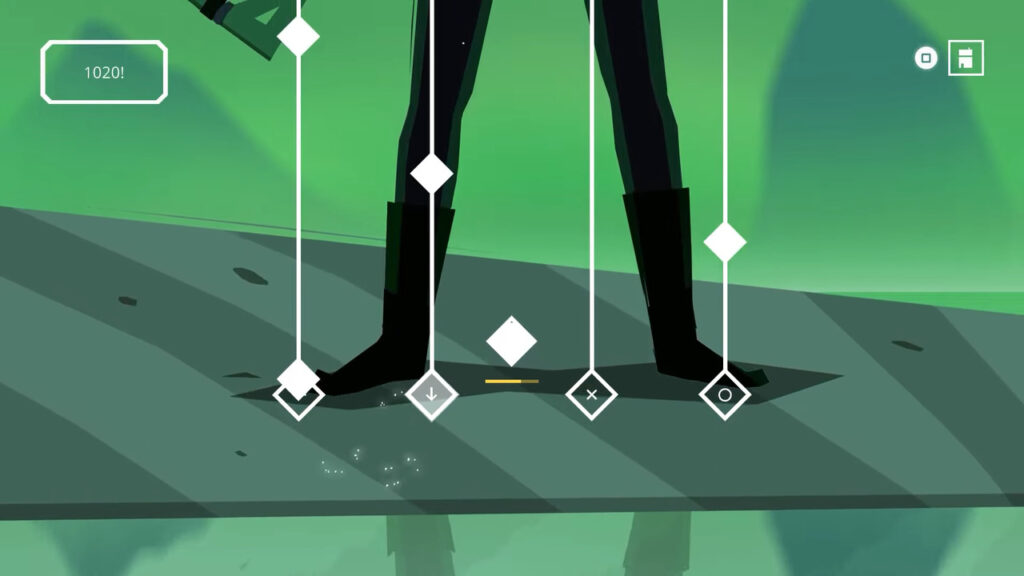
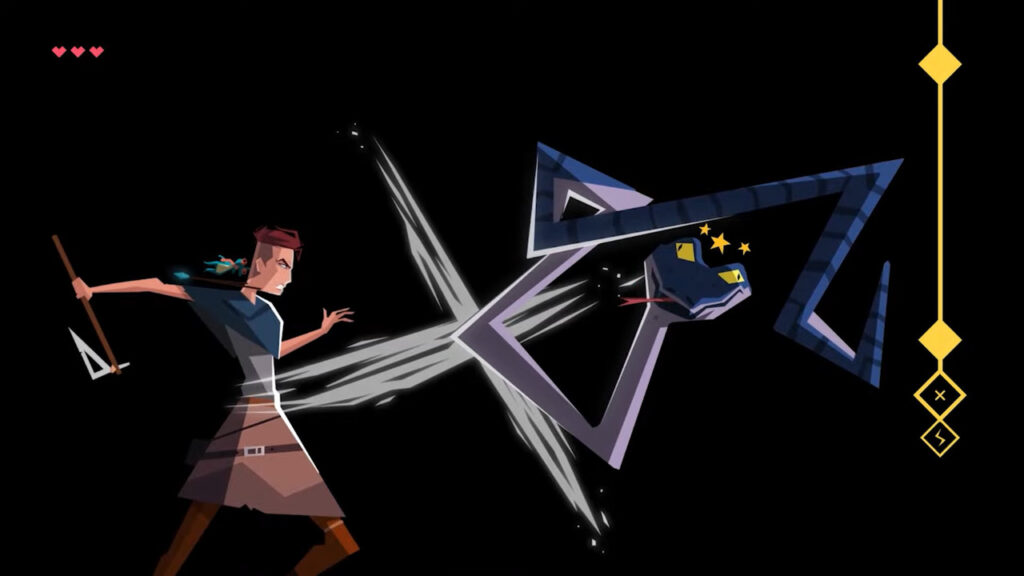




No Comments